As well as its rich heritage in art, culture and history, Tuscany is famous for an incredible number of archaeological sites and finds, mostly reminders of Etruscan and Roman civilization but that’s not all. In fact you are spoilt for choice between archaeological museums and parks worth visiting to discover the ancient origins of the region and broaden your knowledge of its history.
Located in the premises of the old Theatre you can see an archaeological collection of great interest from the surrounding area which tells the story of the northern part, between Cerbaie and the ancient lake of Bientina, through the display of original manuscripts, with models and illustrated explanations.
On show prehistoric artefacts from the Palaeolithic, Neolithic and Bronze Ages (points, side-scrapers, stone knives, tools made from obsidian, ceramic fragments, a complete skeleton of a woman from 1200 BC), archaeological finds from the period between the 11th and 5th century BC, as well as from the Roman Era, giving examples of the working of wood and the use of mounts.
Another incredibly rare archaeological exhibit, at least in these parts, is the canoe “monossile” (carved out of just one tree trunk) in oak from medieval times illustrating the techniques used in navigation on the nearby lake of Bientina.
http://www.valdarnomusei.it/corsi_scheda.php?idcorso=4
http://www.pisaunicaterra.it/castelfranco-di-sotto-musei.html
Orentano (centro) – 500 m (05 min)
Opened in 2000 in the ex Piaggio tool shop, one of the oldest warehouses of the Pontedera factory, the museum tells us about the most important productions that have made the Piaggio known worldwide for its excellence and design.
Permanently on show are the full range of Piaggio, Vespa and Gilera. Unique, original, eye-catching, sometimes out of the ordinary, all part of the history of Italian and world transportation: from those of great artists, like Salvador Dalì to the streamlined versions to beat world speed records in the Fifties, a most incredible stainless steel train, an artefact that demonstrates the technological heights reached by Piaggio in the thirties, before the invention of the Vespa, not forgetting the Ciao and Ape, icons of an age and a few creative versions.
As well as the Vespa and other Piaggio productions on show in the museum, you can see a collection of best motorbikes made by Gilera, the Italian motorcycle manufacturer who dominated Grand Prix motorcycle racing for years: from the very first 1909 model up to the latest model, including those models from the fifties like the Saturno or the Gilera 500 that won the hearts of racing fans for generations.
http://www.piaggiogroup.com/it/gruppo/fondazione-piaggio/museo-piaggio
Pontedera – 18 km (25 min)
Inside the deconsecrated San Girolamo Church, built in the first half of the 18th century, you can visit an exhibition on the history of the Bientina area. The collection includes relics from the Proto-Etruscan and Etruscan-Roman eras found in the marshes at Bientina during excavations in 1953 and 1957: Etruscan amphorae, ceramics in black bucchero and red paint, fragments of necklaces, fibulas, brooches and earrings, burial objects from a tomb discovered during the reclaiming of the swamp).
http://www.comune.bientina.pi.it/it/Informazioni/Storia/Museo.html
Bientina – 10 km (12 min)
The Natural History Museum of the University of Pisa is one of the oldest museums in the world. Originally called “Galleria” towards the end of the 16th century commissioned by Ferdinando I° de’ Medici, today it houses and illustrates the history of over 400 years of natural and scientific research carried out at Pisa University. Since 1986 the museum has been moved to the Certosa of Pisa a Calci and represents one of the most important Italian naturalistic reality.
Zoological relics and remains, fossils and minerals, laid out according to scientific criteria, are on show in over 4.000 square metres of space spread over 3 floors. Worthy of note the “Cetacean Gallery”, among the first in Europe of scientific significance, the Palaeontology section with dinosaurs and the rooms with the aquariums.
http://www.pisaunicaterra.it/musei/item/museo-storia-naturale.html
Calci – 24 km (32 min)
The archaeological site perching at the top of the historic village of Santa Maria a Monte became a park in 2013, after about 30 years of digs organized first by the University of Pisa, then by the University of L’Aquila and following a lengthy and impressive recovery reclaiming the land where the archaeological remains were found. The area is now carefully protected and covered.
The excavations brought to light an early medieval chapel with a crypt (8th-10th century), burial structures and furnaces for casting bells of the 11th-13th century. From the period of domination by Lucca (13th-14th century), worth noting are the remains of fortified buildings and the well, part of a larger military and religious complex, later abandoned for reasons tied to events in the course of history and nature
Next to the archaeological site there are conservation areas and displays of the finds as well as educational and cultural activities using multimedia and laboratories.
http://www.valdarnomusei.it/Parco-Archeologico-della-Rocca.htm
Santa Maria a Monte – 15 km (20 min)
This was the first theme park in Tuscany with natural size reconstructions of dinosaurs in fibreglass: it is situated in Peccioli, small medieval village in the province of Pisa and was opened in 1977.
The brainchild of an elderly circus artist who decided to retire to the small village of Peccioli and, on the land he purchased, he unearthed uncountable archaeological remains and fossils of Prehistoric animals. Therefore he decided to build a park that was both educational (with scientifically correct and fun information and an entertaining place to visit for adults and children.
The Park is just outside the village, spread over 30.000 square metres, with models of about twenty prehistoric animals, including a “real” volcano erupting coloured balls and a full scale reproduction (about 12 metres) of a Brachiosaurus from the Upper Jurassic period, the largest dinosaur model in Europe.
http://www.parcopreistorico.it/it/
http://pisa.guidatoscana.it/divertimento/cmsx.asp?IDPg=844
Peccioli – 30 km (35 min)


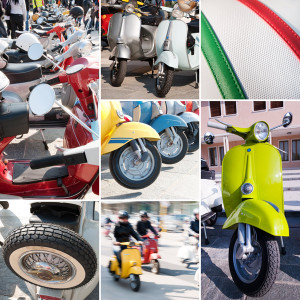
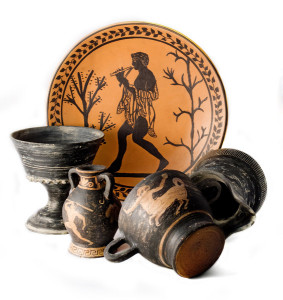
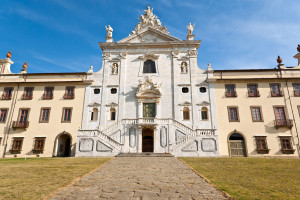
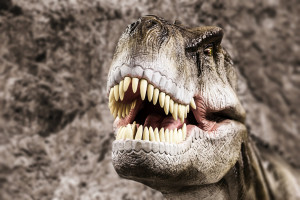
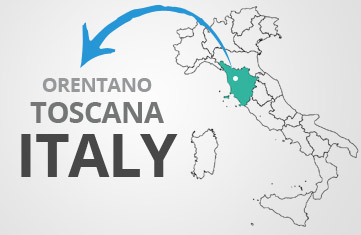 Villa Colombai
Villa Colombai